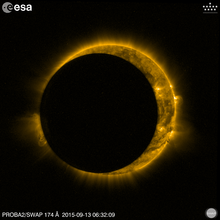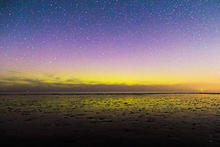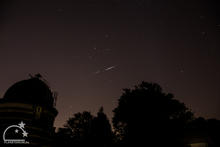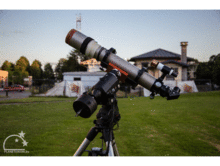news
Submitted on 2016-10-03A filament eruption took place early on 1 October (see movie). This filament had a respectable length of about 40 degrees, i.e. more than 10% of the solar circumference or well over the average Earth-Moon distance. The feature was already visible during the previous solar rotation early September, when it transited the solar disk uneventfully (see this news item).
Submitted on 2016-09-28A huge trans-equatorial coronal hole (CH) is transiting the solar disk. According to the latest data from LMSAL/SPOCA (28 September), the total coronal hole area is the equivalent of about 880 times the total surface area of the Earth. It is by far the largest CH since the last solar cycle maximum, even dwarfing the large southern polar CH from late 2014 - early 2015 (see the 2014 space weather highlights).
Submitted on 2016-09-20For the second consecutive week, no C-class flares were observed from Earth. In fact, not a single C-class flare has been recorded so far this September month, with the last C-class event dating back already from late on 31 August. Records will not be broken soon though, as the longest period without a C-class flare was set during the past solar cycle minimum from 3 April till 3 November 2008 (213 days!).
Submitted on 2016-09-12Solar flare activity was not particularly impressive last week, with no C-class events at all. Fortunately, a B7.9 flare peaking at 03:23UT on 09 September in active region NOAA 2588, was associated with a lovely post-flare effect: the disappearance of almost an entire filament about 10 degrees to the southeast of this active region.
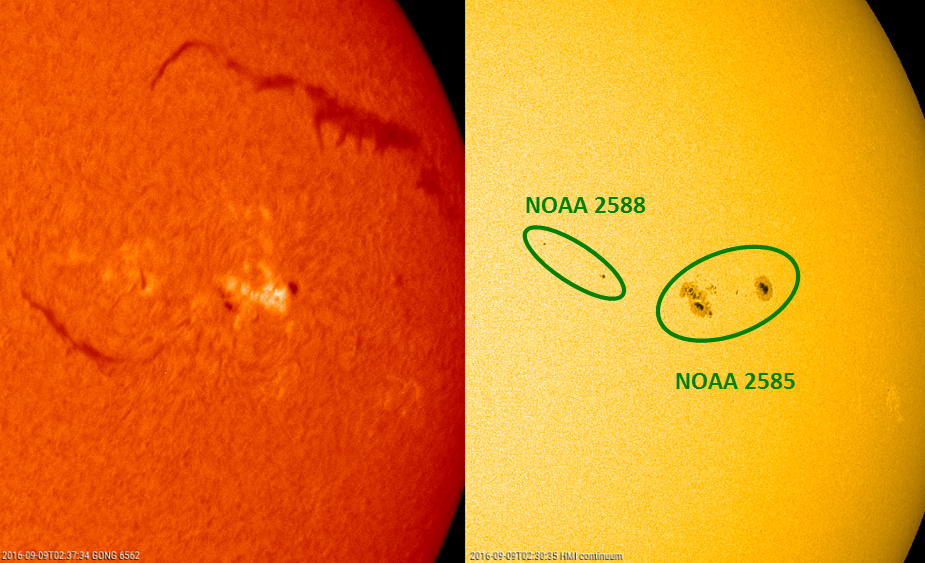
Submitted on 2016-09-05
The deadline Sept 12th for nomination for one of the prestigious medals in space weather, linked with the European Space Weather Week is approaching.
Submitted on 2016-09-01
We received the first data from PROBA2 of the September 1 annular solar eclipse. Again, PROBA2 was on the first row in space and therefore certain to witness it, clouds or not.
Submitted on 2016-08-30On 1 October 2014, communications with the STEREO-B spacecraft were interrupted during a planned test in anticipation of its solar conjunction at the Sun's farside (see image underneath for positions relative to Earth). Despite intense recovery efforts in the subsequent months, contact could not be re-established and the spacecraft seemed to be lost. More background information can be found in the news items of 4 June 2014 and 29 July 2015.
Submitted on 2016-08-26
A high-speed solar wind emanating from a solar coronal hole reached the orbit of the earth with sparking firework on August 23-24 photographed from Franeker, the Netherlands.
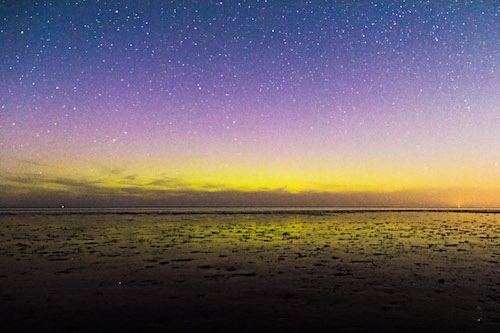
Credits: Vincent Van Leijen
Submitted on 2016-08-19
The public was invited to search in the night sky for falling stars of the Perseids, a meteorswarm between the prestigious couples of the observatory in Uccle. It was a great evening on August 10.
Pages
Zircon - This is a contributing Drupal Theme
Design by
WeebPal.























